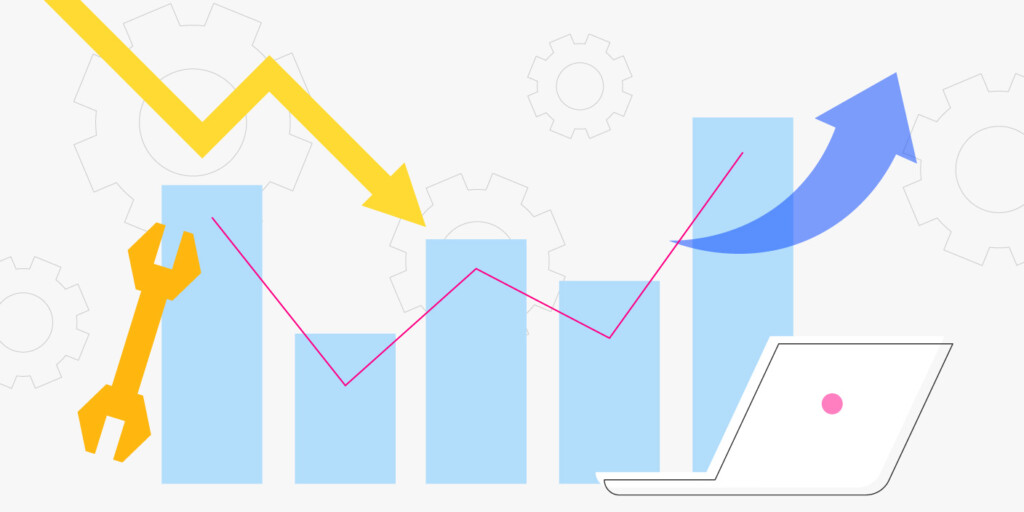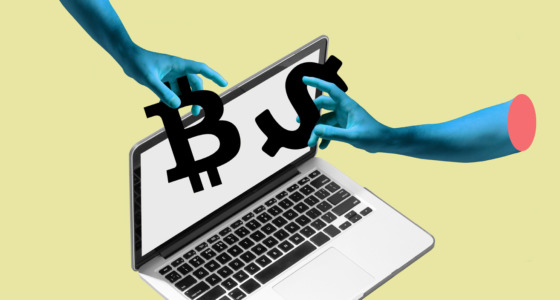

Humans tend to be wired to favor immediate rewards over long-term ones, even if the latter has a higher potential payout. This cognitive bias is known as “hyperbolic discounting,” and it can make it challenging for individuals to make sound decisions about risk and reward.
But the whole point of risk management in trading is to be conscious of long-term goals. There is a solution—effective risk management and disciplined decision-making can help overcome this bias and lead to more successful outcomes. Here’s what else you should know.
The risk-to-reward ratio: R/R formula

The risk-to-reward (R/R) ratio is a key metric in risk management and trading, which evaluates the potential risks and rewards of a trade.
The formula for calculating the R/R ratio is:
R/R = (potential profit / potential loss)
For example, if a trader is considering a trade with a potential return of $100 and a potential loss of $50, the R/R ratio would be 2:1. In other words, for every dollar that is risked, the trader stands to potentially earn two dollars in returns.
The R/R ratio can also be expressed as a percentage using the formula:
R/R = (1/Pr)-1,
where Pr is the probability of the trade being successful
For example, if a trader believes that a trade has a 60% chance of being successful, the R/R ratio would be (1/0.6)-1, or 0.67, which is equivalent to 67%.
How to control risk management in trading


Let’s say you are considering purchasing shares of a company that is currently trading at $50 per share. You have done your research and believe that the company has strong fundamentals and good potential for growth in the long term. However, you are also aware that there is a risk of the stock price declining in the short term.
To balance the RR and monitor risk and money management in trading, there are a few strategies you can use:
- Set a stop-loss order at a price that represents an acceptable level of risk. If you are comfortable with a 10% loss, you could set the stop-loss order at $45 per share. If the stock price falls below this level, the stop-loss order will trigger.
- Evaluate the potential reward. If you believe that the stock has the potential to increase to $75 per share within the next few years, the potential reward would be $25 per share.
- Consider the risk-reward ratio by dividing the potential reward by the potential loss. In this case, the ratio would be 2.5 ($25/$10). A ratio of greater than 1 suggests that the potential reward is greater than the potential risk, which may indicate that the investment is worth considering.

Is there an ideal ratio of risk to reward?

No, there is no one ideal ratio of risk to reward that is appropriate for all traders or all trades. The optimal risk-reward ratio depends on several factors, including the trader’s risk tolerance, investment objectives, and specific market conditions.
In general, a higher risk-reward ratio (i.e., a potential reward that is much greater than the potential risk) can be more attractive, as it allows for greater profit potential. However, such high-risk investments can also be more volatile and can result in significant losses if the trade does not go as planned.
In contrast, a lower risk-reward ratio (i.e., a potential reward that is not significantly greater than the potential risk) may be more suitable for traders who are more risk-averse or who are looking for more conservative trades.
Ultimately, the risk-reward ratio is up to each individual trader to determine. When asking yourself how to manage risk management in trading, evaluate your trading goals and the type of trade being made. If the potential reward justifies the added risk, it may be the right call.
Sources:
Hyperbolic discounting, The Decision Lab
Calculating risk and reward, Investopedia
Assessing your risk tolerance, Investor.gov








